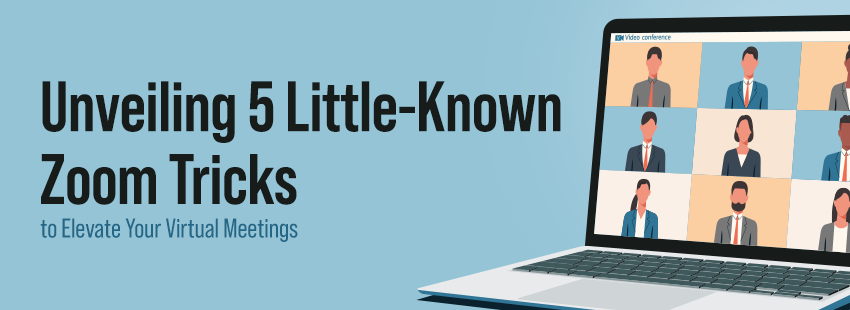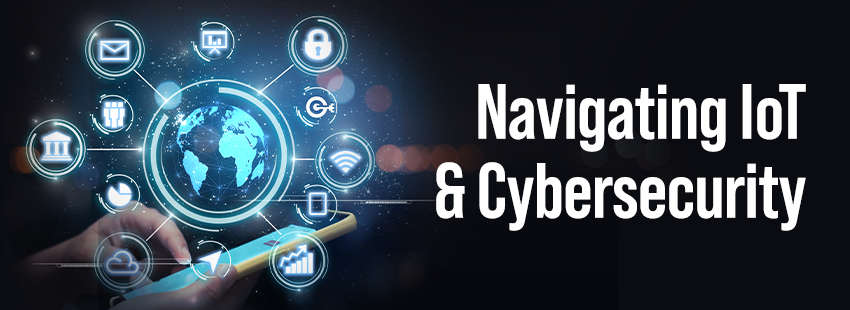Multi-Factor Authentication: The What, Why, and How
While choosing a strong password is still an important aspect of computer security, hackers have developed several methods that let them discover or bypass passwords. As long as criminals have the right tools and plenty of time, they can crack practically any password.
Multi-factor authentication (MFA) adds extra layers of security to your system, making it more difficult for criminals to steal information.
If your business doesn’t already use MFA, then you should learn more about it so you can protect your sensitive data.
What is Multi-Factor Authentication?
MFA can refer to any security feature that requires more than one way to verify your identity. Oftentimes, it’s something you have + something you know. For instance, you use MFA when you withdraw money from an ATM. Your card counts as one security feature. Your PIN counts as the second. Without both, you can’t access your account.
Most experts group different types of security factors into three categories:
- Know, which refers to passwords, PINs, and similar information.
- Are, which refers to something about your body, such as your fingerprint, face, or voice.
- Have, which refers to a physical device like a mobile phone, key fob, bracelet, or card.
Some examples of MFA include:
- Websites that require you to answer security questions after you provide your password.
- Applications that you can only access when you provide your fingerprint from an authorized device (like an iPhone PIN + a fingerprint scan).
- Files that you can only access when you enter the correct password while connected to a specific network.
Related: Stop Making Excuses. You Really Need a Password Manager.
Why Is Multi-Factor Authentication’s Importance Growing?
Put simply, MFA is becoming more important because criminals are getting better at bypassing passwords and tricking people with phishing attempts.
Related: Why You Should Limit Privileges
InfoSecurity reports that 5,207 data breaches were reported in 2017. Those breaches put about 7.8 billion records in jeopardy. Before 2017, 2015 held the record for number of breaches. 2017 had 20% more breaches than 2015.
In other words, hackers are becoming more successful.
Companies, including SMBs, know that data breaches can cost them millions of dollars. In response, they’re exploring more successful cost-effective ways to keep private information safe. MFA has become one of the most successful options because it works well and doesn’t create an undue burden on companies, users, or customers.
Related: 7 Security Tips to Remember When Traveling
How You Can Start Using Multi-Factor Authentication
Luckily, most of the applications that you use probably already have MFA built into them. You just have to enable MFA (the app may call it two-factor authentication or 2FA). Each application that you use will have a slightly different way to enable MFA. Consult the app’s specific FAQ or security page to learn how to turn on MFA.
If you work with a managed service provider that handles your IT security and cloud services, then you should ask your MSP about using a centrally managed MFA tool to improve your system’s security and provide even greater convenience and protection.
Related: 3 Common Hacking Methods You Need to Know
KJ Technology Knows MFA
The fine folk at KJ Technology (that’s us) provide you with managed IT services that can make your IT infrastructure and company data harder for criminals to access.
Contact our team to discover how you can take advantage of the additional security that multi-factor authorization offers.
If you’re still not sure about it, consider this – private data can fuel a business’s growth. But when it falls into the wrong hands, it can cost a lot of money and tarnish your reputation.





